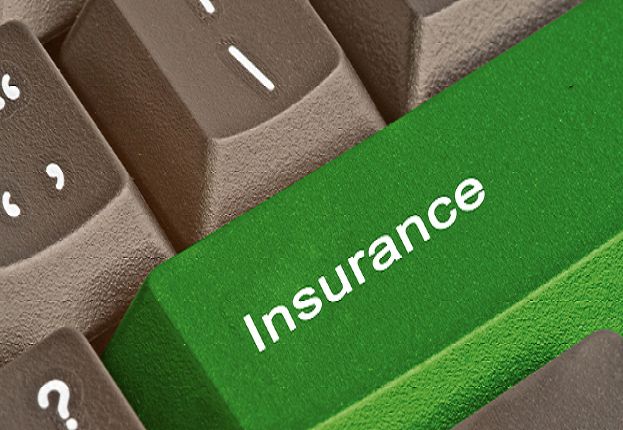Introduction
Auto insurance is a critical financial product that protects drivers, passengers, and vehicles from financial loss due to accidents, theft, and other unforeseen events. Whether you’re a new driver or someone shopping around for better coverage, understanding the basics of auto insurance can help you make informed decisions and potentially save money.
In this article, we’ll explore what auto insurance is, the types of coverage available, how rates are determined, tips to save on premiums, and why it’s important to stay insured.
What Is Auto Insurance?
Auto insurance is a contract between a vehicle owner and an insurance company. In exchange for a monthly or annual premium, the insurer agrees to cover specific financial losses related to the vehicle. These losses may include damage from accidents, natural disasters, theft, or liability for injuries caused to others.
Why Is Auto Insurance Important?
Auto insurance isn’t just a legal requirement in most countries—it’s also essential for protecting your financial well-being. Here are a few reasons why having auto insurance matters:
- Legal Compliance: In most regions, it’s illegal to drive without minimum liability coverage.
- Financial Protection: Insurance can cover the cost of repairs, replacements, and medical expenses.
- Liability Coverage: Protects you if you are found legally responsible for someone else’s injuries or property damage.
- Peace of Mind: You drive with confidence knowing you’re protected against unexpected incidents.
Types of Auto Insurance Coverage
Understanding the different types of coverage can help you choose the best policy for your needs.
1. Liability Insurance
- Bodily Injury Liability: Pays for medical expenses and legal fees if you injure someone in an accident.
- Property Damage Liability: Covers damage to someone else’s property, usually their vehicle.
2. Collision Insurance
- Pays for repairs or replacement of your car after a collision, regardless of fault.
3. Comprehensive Insurance
- Covers non-collision-related damage such as theft, fire, vandalism, or natural disasters.
4. Personal Injury Protection (PIP)
- Covers medical expenses for you and your passengers, regardless of fault. Some policies also cover lost wages.
5. Uninsured/Underinsured Motorist Coverage
- Protects you if you’re hit by a driver with little or no insurance.
6. Gap Insurance
- If your car is totaled, gap insurance pays the difference between your car’s actual value and what you still owe on a loan or lease.
How Are Auto Insurance Rates Determined?
Insurance premiums are calculated based on a range of factors. Understanding these can help you find the best rates.
Key Factors Include:
- Driving Record: Accidents, speeding tickets, and DUIs increase your risk.
- Vehicle Type: Luxury or high-performance cars cost more to insure.
- Location: High-crime or densely populated areas may have higher premiums.
- Age and Gender: Younger drivers (especially males under 25) often pay more.
- Credit Score: In some regions, your credit score may affect your premium.
- Usage: How often and how far you drive also matters.
How to Choose the Right Auto Insurance Policy
Choosing the right policy involves more than just looking for the lowest price.
Steps to Consider:
- Evaluate Your Needs
Consider your car’s age, your driving habits, and your financial situation. - Compare Multiple Quotes
Get at least three quotes from different providers to compare coverage and pricing. - Check the Insurer’s Reputation
Look for reviews and ratings on claim handling and customer service. - Understand the Terms
Make sure you read the fine print and understand deductibles, exclusions, and coverage limits.
Tips to Lower Your Auto Insurance Premium
Auto insurance can be expensive, but there are ways to reduce your costs:
- Bundle Policies: Combine auto with home or life insurance.
- Increase Your Deductible: A higher deductible means lower premiums.
- Maintain a Clean Driving Record: Avoid accidents and traffic violations.
- Use Telematics: Some insurers offer discounts for safe driving via tracking apps.
- Ask About Discounts: Good student, low mileage, and defensive driving course discounts are common.
- Shop Around Annually: Rates change over time, and loyalty doesn’t always pay off.
What Happens If You Drive Without Insurance?
Driving without insurance can lead to serious consequences, including:
- Fines and Penalties
- License Suspension
- Vehicle Impoundment
- Out-of-Pocket Costs in case of an accident
- Legal Action if you cause injury or damage
In some countries, it’s a criminal offense with jail time as a possible penalty.
How to File a Claim
If you’re involved in an accident, here’s how to file a claim:
- Call the Police (if necessary) and get a copy of the report.
- Take Photos of the accident scene and damage.
- Exchange Information with the other driver.
- Contact Your Insurer as soon as possible.
- Submit Documentation (proof, police report, medical bills).
- Meet with an Adjuster who assesses the damage.
- Receive Payment or vehicle repairs as per your policy.
Popular Auto Insurance Companies (USA-Based Examples)
- Geico
- State Farm
- Progressive
- Allstate
- USAA (for military members)
- Liberty Mutual
- Nationwide
Each company has different specialties, discounts, and customer service ratings, so research is important.
Conclusion
Auto insurance is more than just a requirement—it’s an essential tool for protecting your assets, health, and legal standing on the road. With many options and providers available, it’s crucial to understand your needs, compare coverage, and choose a policy that offers the best value.

